MiNT Camera has quickly established itself as a unique player in the instant camera market. While Fujifilm has long been happy to sell vast quantities of instant point-and-shoot cameras, and Polaroid Originals (formerly Impossible Project) has been content to trade on brand heritage with good (if not progressive) products, MiNT has consistently pressed to bring ever more capable and interesting machines to instant photographers.
Their latest release is possibly their most ambitious yet; a manual-focus rangefinder instant camera with aperture-priority auto-exposure as well as meter-assisted full manual control of aperture and shutter speed that exposes Instax Wide film through a big, glass lens.
MiNT sent us a prototype of the InstantKon RF70 for testing, and while this isn’t a production unit, it’s pretty damn close. I shot it for a week in a number of conditions, and it’s a great camera. But that doesn’t mean it’s a camera for everyone.
For diehard instant film shooters, this could be the machine of their dreams. Since the death of pack film, serious photographers have found little to celebrate in the instant photography world. Instax Wide, with its large image area and consistently great image quality, makes the strongest case for art-capable instant photography today, but there haven’t been many cameras that allow creative photographers to tap into the film’s potential. This is what MiNT’s new camera aims to do.
In the hands, the camera feels great. It’s heavy without being cumbersome, and even though the unit I was sent is a prototype, fit and finish are wonderful. A generous handgrip keeps things balanced, and all dials, switches, levers and buttons actuate with comfortable ease. Though it’s certainly a camera encased in plastic, in no way does it feel cheap and hollow. The retractable lens locks into place with mechanical certainly, and the accordion-style bellows are stiff and resilient.
If asked to nitpick (and I was, by MiNT’s founder Gary Ho), I’d say an increase in the detent depth of the shutter speed dial would be nice, and a larger shutter release button with more resistance would make for both a better shooting experience and fewer accidental exposures. The frame lines in the viewfinder could be brighter, and a combined rangefinder/viewfinder window would be ideal (at the moment the rangefinder is placed just below the viewfinder). But let’s be clear – the camera feels great. We’re talking “perfect world” suggestions here.
In use, the camera feels natural and capable. The mentioned divided viewfinder and rangefinder windows can cause some issues when absent-minded shooters (hello) forget to focus in-between shots, a stumble also experienced in Barnack Leicas and Polaroid Land Cameras. When used as intended the setup works well. Focus with your eye pressed to the rangefinder window, achieve focus, then simply shift the camera down a bit to look and frame through the viewfinder. Framelines for general framing as well as close-up frame lines for close-focused shots ensure accuracy.
An LCD display on the back of the camera shows battery life (the camera uses two AA batteries) and remaining shots in a pack of film (counting down from ten). A flash button on the top releases the small, built-in flash, and a flash port on the side allows use of off-camera flash (excellent for studio shooting, and since the camera’s equipped with a leaf shutter flash should sync at all shutter speeds). Last but not least, there’s a tripod socket on the bottom.
Those are nice enough specs, but the biggest selling point for those who want to realize the maximum potential from their instant film will be the InstantKon RF70’s mix of automatic and full manual controls. This camera is without question the most capable Instax Wide film camera being produced today. For those of us who’ve long shot film, this will be obvious from the moment we open the camera.
On the top plate we see a noteworthy dial. With it we can switch the camera into Automatic mode, Automatic with exposure compensation +/- 1, or Bulb mode for long exposures. If the controls ended here we’d be essentially matching most other Instax Wide cameras. But with MiNT’s newest camera we’re also given the ability to shoot full manual, selecting from any shutter speed between 1/500th of a second down to as slow as one second. With the lens extracted and the bellows locked into place we see the aperture control from F/5.6 to F/22, as well as the manual-focus control.
In either of these exposure modes (auto-exposure or full manual) a light meter reads available light and informs the photographer via an LED positioned under the viewfinder. When the LED shines red, the shot will be either over- or under-exposed. Adjust settings accordingly and try again. Anyone who’s used a classic camera will understand what’s happening here, and anyone who hasn’t will learn within minutes.
Auto-exposed shots come out well. In challenging light conditions, such as when shooting a backlit subject, a simple nudge of the dial puts us into exposure compensation mode. In extreme cases the exposure comp simply isn’t strong enough (shown in some of my sample shots). In these cases we’re best-served to shoot in manual mode. Here we simply adjust the shutter speed or aperture until that LED shines green. When it’s green you’ll have a properly exposed shot – fire away.
Images exposed show typical Fuji Instax qualities. They’re contrasty and sharp, with a bit of softness around the edges and some light falloff. Where the RF70 differentiates itself from most other Instax cameras, however, is in the way it allows us to influence the look of the final image.
By giving the photographer the ability to change aperture and shutter speed, MiNT has essentially put control back into the hands of the shooter. Want less light falloff? Close the aperture. Want shallow depth of field? This is totally possible with the RF70’s impressive F/5.6 maximum aperture (sounds slow if you’re used to 35mm cameras, but remember Instax Wide has a larger image area – depth of field wide open is actually quite shallow here). Motion blur? Easy – slow that shutter down.
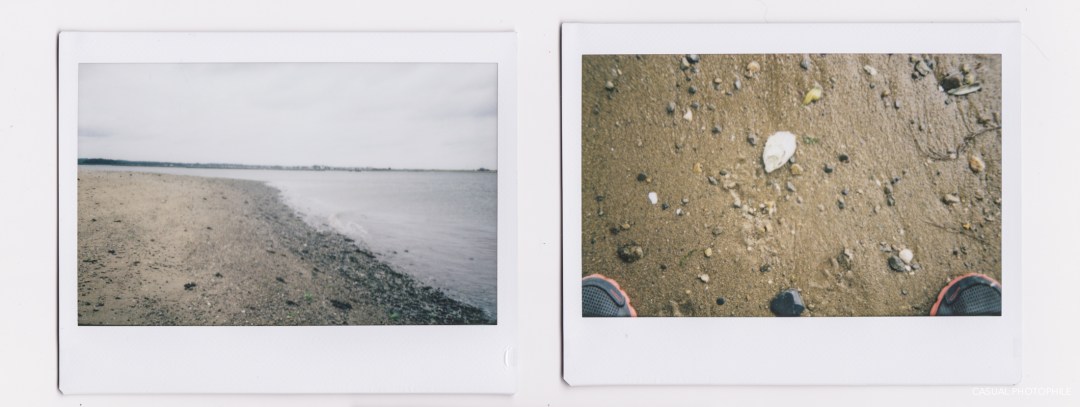
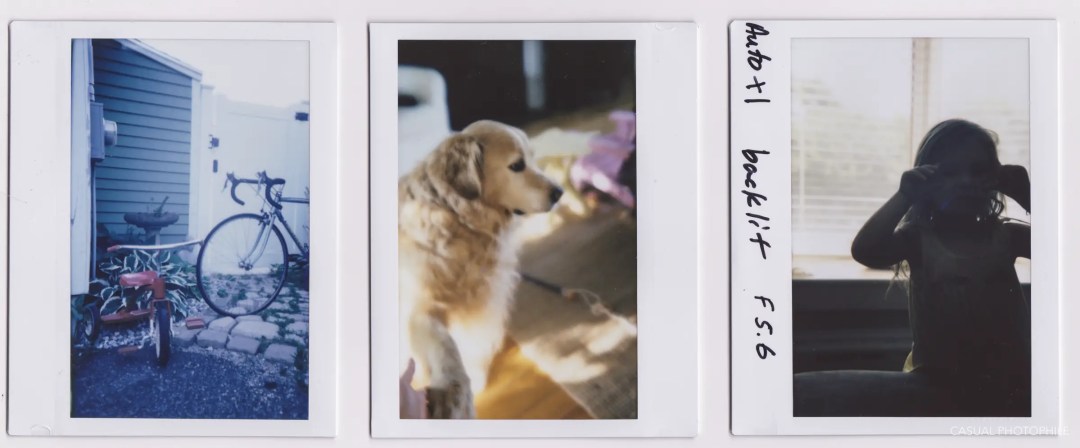
The result of this design is that good photographers (not me) will be able to coax images out of instant film that have been impossible for quite some time. Until now, the only ways to get truly great instant photos has been to either pay exorbitant fees to have an old Polaroid converted to shoot Instax Wide or pay even more exorbitant fees to shoot the fast-dwindling stock of Fuji pack film (FP-100C is now selling for close to $40 per ten exposure pack, and a pack of FP-3000B can cost as much as $125).
After shutter release the film stays in the camera. It’s not until we ratchet the “film release” lever (which looks and operates similarly to the film advance levers found on many classic cameras) that the exposed shot is ejected. This system has a few notable perks, some of which could even be unintended by its designers.
First, it allows for easy multiple exposures. If a shooter wants to make a double- or multiple-exposure photo he or she simply presses the shutter release button as many times as desired (taking into account that we’ll need to shoot in manual mode and adjust our settings to avoid over-exposure). Once the desired shots have been made, ratchet the film eject lever and the multi-exposure shot reveals itself.
Another benefit to this system is the fact that it allows for nearly silent operation in part due to the cameras exceptionally quiet leaf shutter. Since there’s no automatic film eject, those motors stay silent until we want them to spring to life. This makes the InstantKon RF70 a surprisingly stealthy street camera.
Lastly, it feels good. It would be easy to call this lever a gimmick, and before I’d had my hands on the RF70 I found myself quietly muttering the same. In use, it’s an inoffensive flourish on a machine that’s full of tactile charm.
If these brief paragraphs on the camera’s capability don’t get you excited about the InstantKon RF70 then this likely isn’t the camera for you. It is solely made for those shooters who shoot a lot of Instax Wide film and who long for the most robust suite of manual controls in their Instax camera. For everyone else there are plenty of instant cameras that cost an eighth the price.
And it’s that price that will be the sticking point for most people. At a cost of $899 USD, this camera isn’t cheap and it’s not made to compete with consumer-level Fuji Instax cameras. It’s a camera for those who are serious about instant photography, and if demand is the metric by which we gauge the market, there are plenty of shooters who want an advanced Instax Wide camera. Every one of the 199 pre-sale cameras were claimed in less than two days, and a subsequent run of 75 units launched a few days later sold out as well.
At the moment, no one can buy an InstantKon RF70 until production ramps up. But when that happens, this camera will be the most versatile and capable Instax Wide camera on the market. If that appeals to you, buy one.
Follow Casual Photophile on Facebook and Instagram
[Some of the links in this article will direct users to our affiliates at B&H Photo, Amazon, and eBay. By purchasing anything using these links, Casual Photophile may receive a small commission at no additional charge to you. This helps Casual Photophile produce the content we produce. Many thanks for your support.]

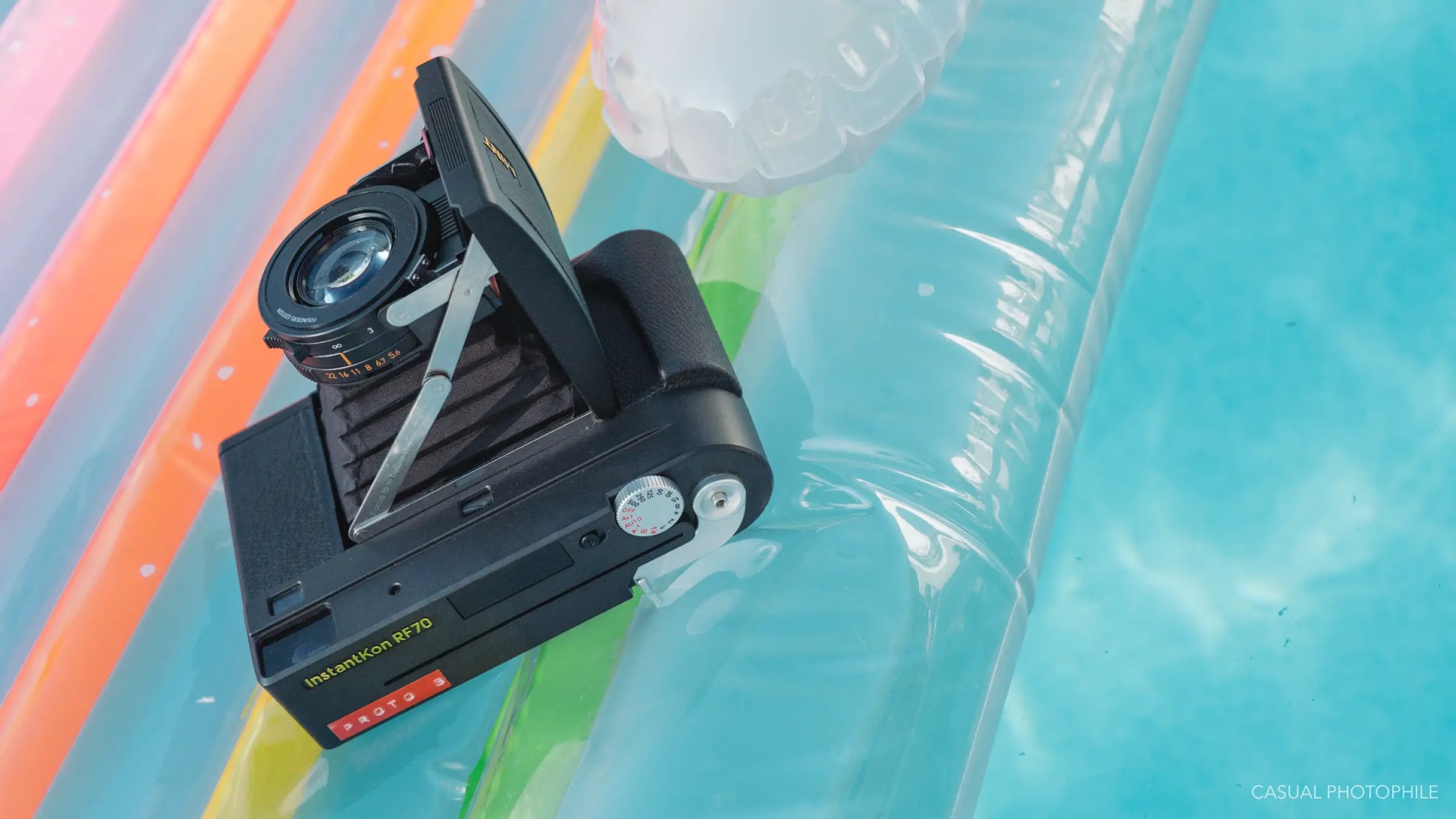
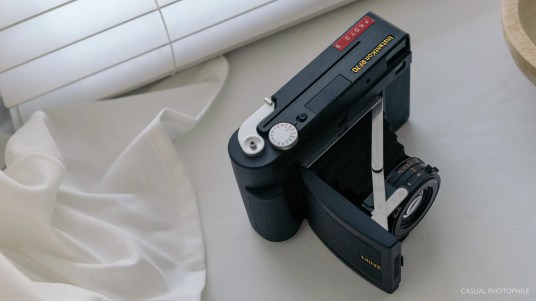
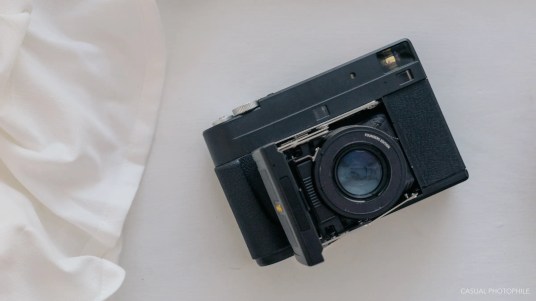
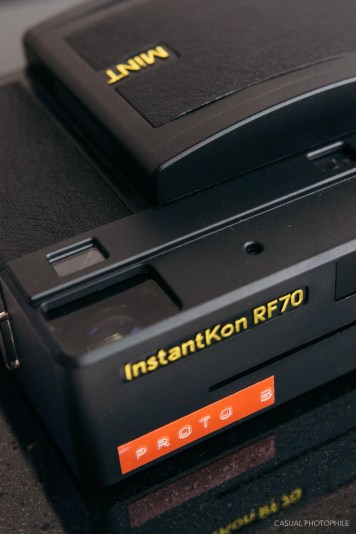
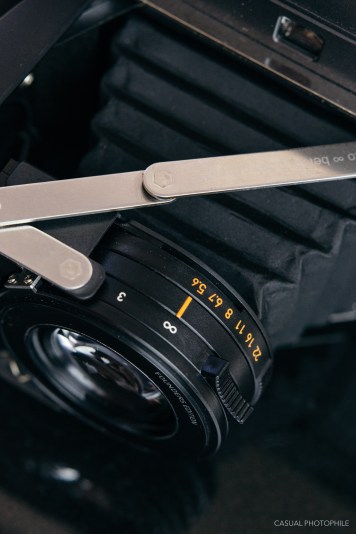

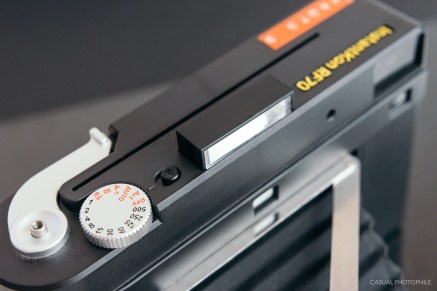
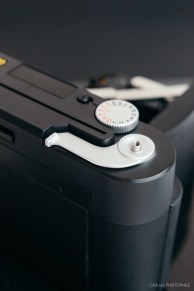
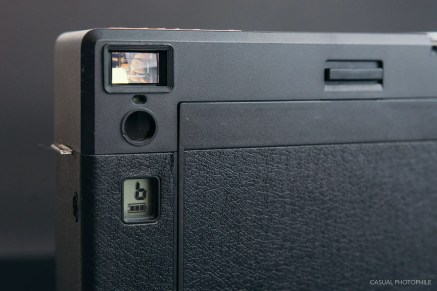

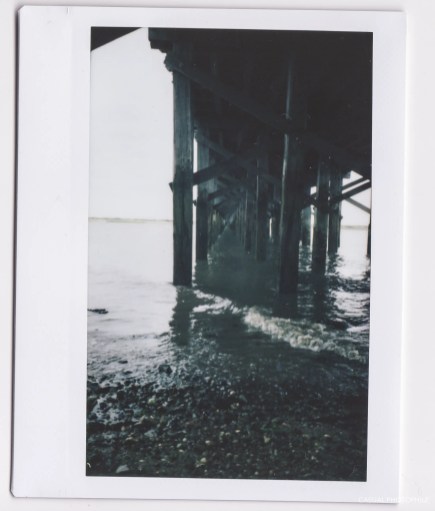
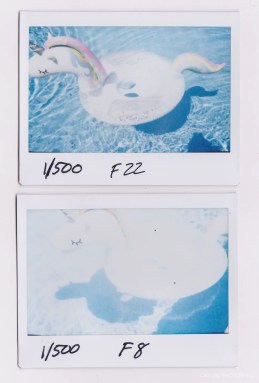
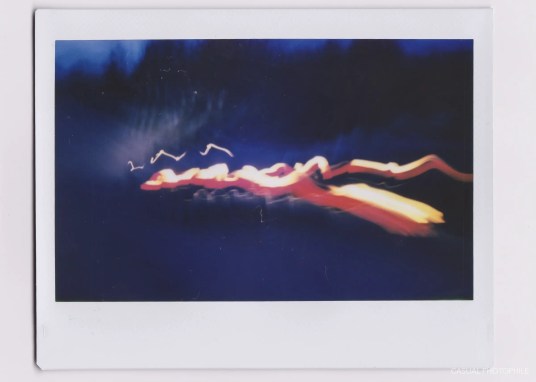


Very cool. Here’s the thing.. I’d be all over this, even at $900, if it nailed the images. With RF focusing and apparently a good lens (glass lens!), I would expect the images to be sharper than what is shown here (I viewed your samples at the max size you provided).
Yeah I know sharpness isn’t everything, but at $900 and with this full level of control I want that. Is it possible that the RF calibration for focus may have been off?